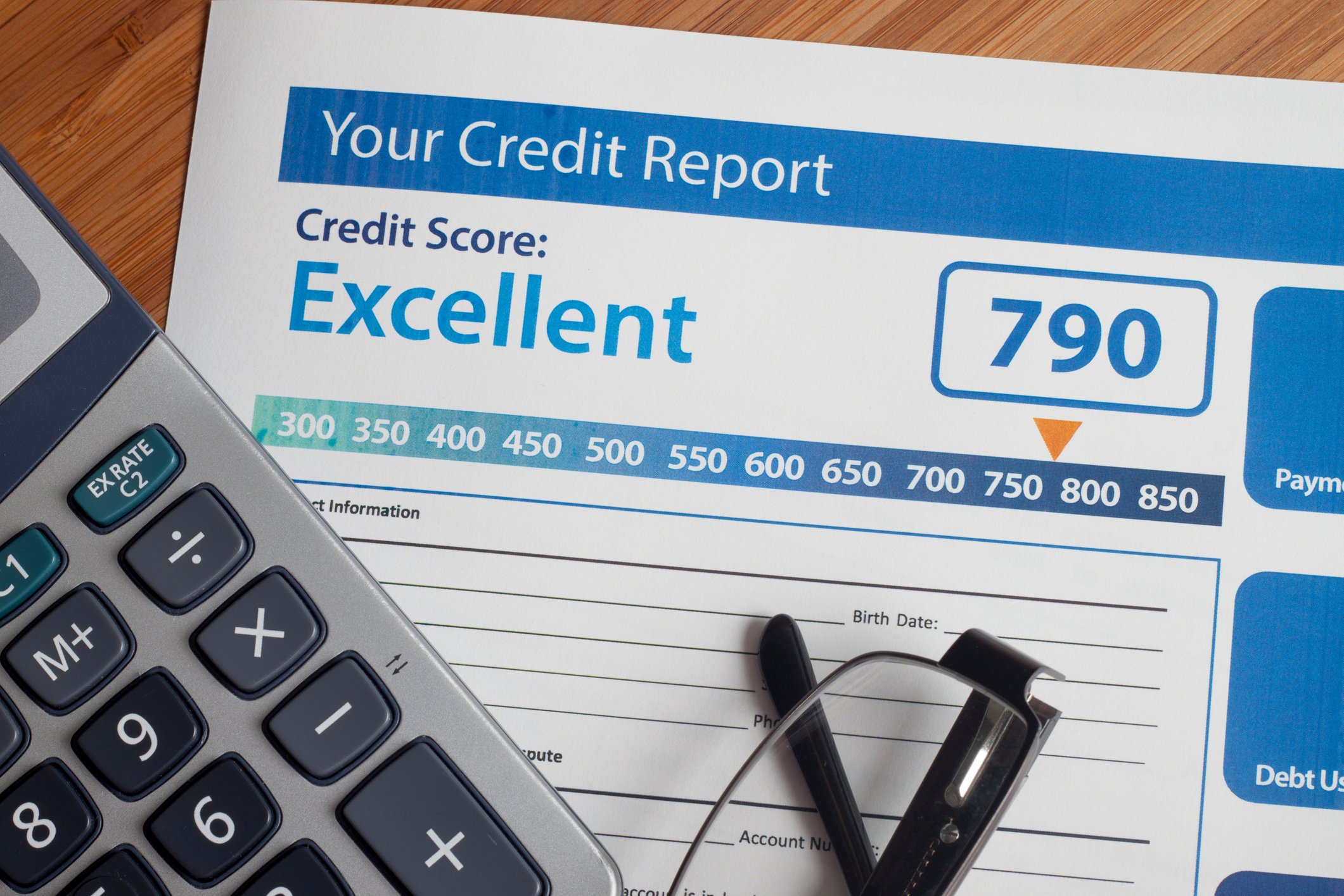Who Is Not a Good Fit for a Hard Money Loan?
Every week, FCTD receives inquiries from people who are not good matches for hard money loans. It's important to remember that hard money loans are...
3 min read
 Ted Spradlin
:
Mar 29, 2016 10:00:08 PM
Ted Spradlin
:
Mar 29, 2016 10:00:08 PM

Before you take out a hard money loan, you must show your potential hard money lender exactly when and how you’re going to pay off the debt — also known as your exit strategy. Without a solid, well-researched plan, no hard money lender will touch your project.
In this blog, I'll cover the two main hard money exit strategies — selling or refinancing your property — and why you must thoroughly map it out for your hard lender before you seek your loan. Doing so will give the lender more confidence in you as a borrower and help you find competitive financing for your project.
If you plan to pay off the loan by selling the property, either through a fix and flip or bridge loan to sale transaction, you'll need a thought-out timeline and budget.
The timeline will tell the lender the duration for which you'll need the hard money loan.
For a fix and flip project with light cosmetic rehab (carpet, paint, kitchen, bathroom, landscaping, etc.), you might estimate it'll take two months to complete, another two to list for sale, two more for marketing, and a final month in escrow to close the resale. A lender may do a 6–12-month term loan for sufficient time to complete the project and resell the property for a profit.
If you're both borrower and general contractor with a shovel-ready 24-unit apartment building, and 20-plus years building experience, the lender can be confident in your budget, timeline and contingency estimates.
Conversely, if you're seeking hard money financing to acquire a small apartment building for a condominium conversion, with no experience or due diligence on the timeline or budget — don't expect a hard money loan to fall into your lap! This happened a few years ago when another mortgage broker asked FCTD to find a lender for their borrower client to purchase an apartment to convert into condos. We reached out to a mortgage fund with experience financing these projects. The lender spent three days contacting the city and county planning departments and an attorney with extensive condo conversion experience, and also background-checked the borrower. They determined there were 17 condo conversion projects already in the planning pipeline and projected at least 24 months before the units could be listed for sale. The borrower also didn’t have enough multi-family experience or sufficient liquidity to service the debt and pay the conversion costs. The lack of liquidity would likely lead to numerous mechanics liens placed on the title.
The lesson here is to do your due diligence! Know your budget, timeline and contingencies down to the tiniest detail.
If you’re going to pay off the hard money loan by refinancing into a long-term institutional loan, make sure to have all your financial documents — including tax returns and income statements for your business and real estate — organized and ready to go.
In my role at FCTD, I do a lot of the “take out” financing: paying off residential hard money loans with 30-year fixed rate loans, or commercial properties with five to seven-year financing. Getting into a hard money loan is easy compared to refinancing out of it.
I say this because a 12-month bridge loan, the most common hard money loan FCTD originates, is primarily based on real estate value. Hard money lenders usually don’t underwrite the financial strength of the borrower like institutional lenders. When refinancing the bridge loan, institutional underwriters can request documentation and explanations for the smallest details from tax returns or bank statements. Some underwriters practice overkill, but usually they have the best pricing. In the end, it benefits the borrower to comply with what can seem like an endless list of document requests, if the pricing will save them tens of thousands of dollars over the long term.
If you’re refinancing out of a hard money loan, make sure to file all your taxes (or extensions), check that your year-to-date Profit & Loss is readily available from your CPA or bookkeeper, update your finances, ensure any rental properties leases are current and fully executed, and be sure you can send any document over at a moment’s notice. Organization is the key to refinancing out of a hard money loan.
Conclusion
It's not enough to just have an idea about your exit strategy — sale or refinance — before taking out a hard money loan. Make sure that you brush up on all the details of the plan and do your own due diligence prior to obtaining the loan. Lenders want to know you’ve done your homework: costs, holding time and likely resale price if selling the property. To refinance the loan, both the hard money lender and mortgage broker want to know your finances are up-to-date and at a level that will qualify you for long-term institutional financing.

Every week, FCTD receives inquiries from people who are not good matches for hard money loans. It's important to remember that hard money loans are...

Many real estate investors new to hard money loans ask, “Does a hard money loan appear on my credit report?” This question comes up several times...

When real estate investors come to me for a hard money loan, they may or may not need to have a formal appraisal of their property. Appraisals in...